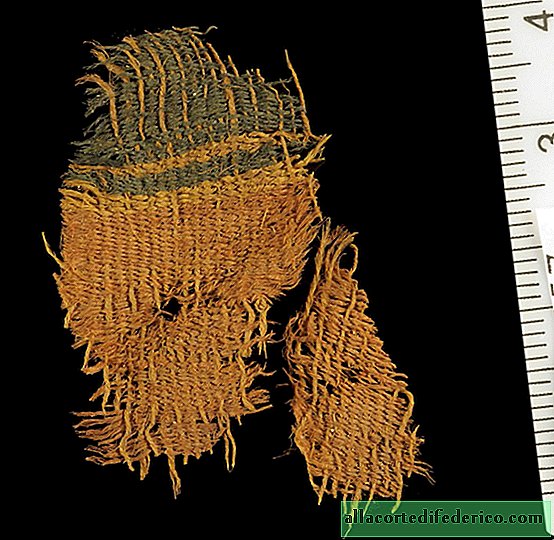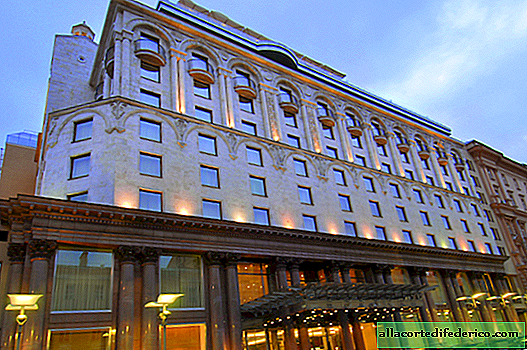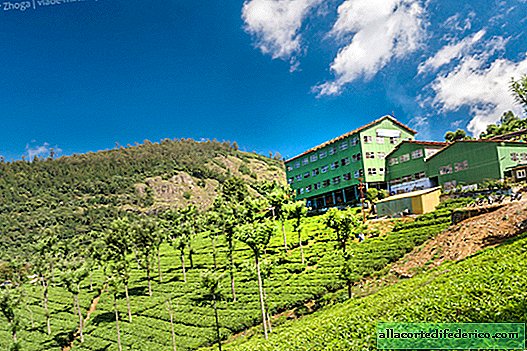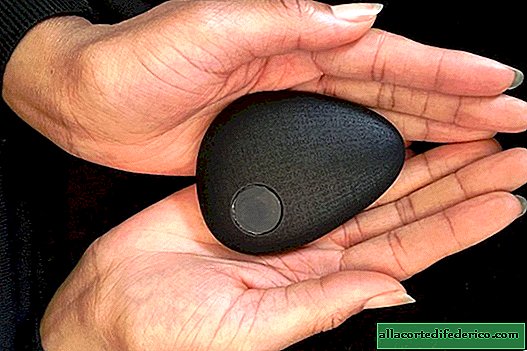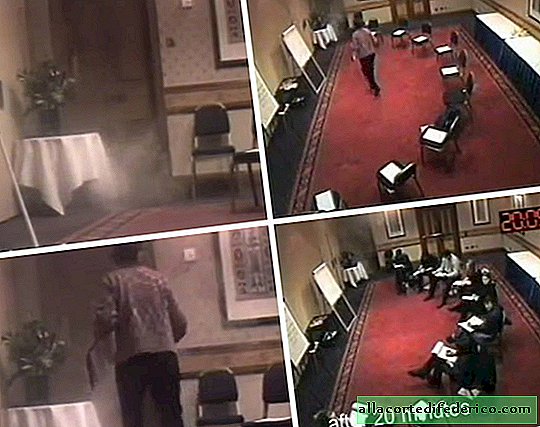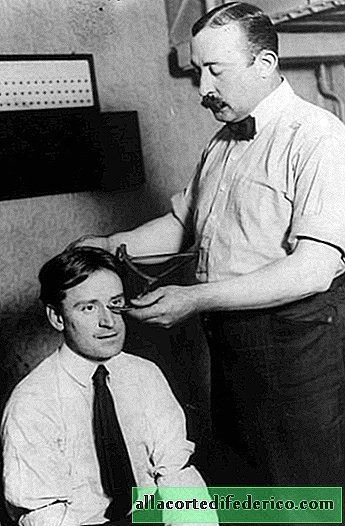Compare: salaries in the USSR and now
Friends, here's a very interesting question: when could an ordinary citizen afford to buy more goods, now or in the USSR? In today's post we will compare the average Soviet patch with the average modern and calculate what and how much you could buy for them.
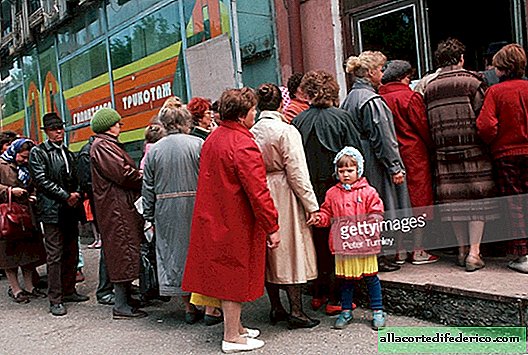
So let's take it. The average salary in the USSR was approximately 120-150 rubles. Someone talks about 500, 600 and even 1000 rubles of salary, but such money was received by a very limited group of party officials (the minister’s salary was 800 rubles), in 90% of the population the average salary was in the region of 120-150 rubles - someone received 250, someone 80. The minimum wage in the USSR was 70 rubles — various unskilled employees received it.
Now let's calculate what a Soviet person could buy for his average salary, for a single figure we take 130 rubles. Below I will list Soviet goods and their cost, and to the right I will indicate how much they could be bought for the average salary.

Products:
Cooked sausage, 2.2 rubles ... you could buy 59 kg.
Smoked sausage, 4.5 rubles ... you could buy 29 kg.
Meat (pork or beef), 2.3 rubles ... you could buy 56.5 kg.
Meat (fresh tenderloin on the market), 4.5 rubles ... you could buy 29 kg.
A dozen eggs, 1.3 rubles ... you could buy 100 dozens.
A bottle of vodka 2.87 rubles ... you could buy 45 bottles.
A kilogram of rice, 0.9 rubles ... you could buy 144 kg.
Lunch in the dining room, 1 rub ... you could buy 130 dinners.
A trip to the restaurant (modest), 10 rubles ... you could go 13 times.
Other goods:
Vacuum cleaner "Typhoon", 45 rubles ... salary was enough for a 2.8 vacuum cleaner.
Air ticket Moscow - Alma-Ata, 48 rubles ... salary was enough for 2.7 tickets.
Air ticket Moscow - Bratsk, 72 rubles ... salary was enough for 1.9 tickets.
Women's boots on synthet. fur, 82 rubles ... salary was enough for 1.5 pairs of boots.
Jeans "Montana", about 200 rubles ... salary was enough for 0.65 pairs of jeans.
Women’s coat, 110 rubles ... there was enough salary for 1 coat, and 20 rubles remained.
Tape recorder Dnepr-12, 147 rubles ... there was enough salary for 0.8 tape recorder.
A crystal chandelier, 230 rubles ... a chandelier cost almost 2 average salaries.
Refrigerator Minsk-16, 390 rubles ... the refrigerator cost 3 average salaries.
Color TV "Youth", 430 rubles ... a TV cost almost 4 average salaries.
Expensive purchases:
A trip to Bulgaria, 600 rubles ... the trip cost almost 5 average salaries.
Motorcycle "Java" -250, 650 rubles ... a motorcycle cost exactly 5 average salaries.
Rozenlew refrigerator, 800 rubles ... a refrigerator cost more than 6 average salaries.
The Moskvich-412 car, 5,000 rubles ... 38 salaries had to be postponed for the Moskvich.
The car VAZ-21011, 6000 rubles ... on the "penny" it was necessary to postpone 46 salaries.
A VAZ-2103 car, 7500 rubles ... 57 salaries had to be postponed for Troika.

Now let's compare this with current prices. The average salary in Russia and Belarus is now about $ 500. What can you buy on them now?
Products:
A kilogram of cooked sausage costs $ 2.2 ... you can buy 227 kg (and not 59, as in the USSR).
A kilogram of raw sausage costs $ 6 ... you can buy 83 kg (and not 29, as in the USSR).
Fresh meat costs about $ 7 per kg ... you can buy 70 kg (and not 56, as in the USSR).
A dozen eggs cost a little more than $ 1 ... you can buy 450 dozens (and not 100, as in the USSR).
A kilogram of rice costs about $ 0.8 ... you can buy as much as 625 kg (and not 144 kg, as in the USSR).
A business lunch in a cafe costs $ 4 ... you can buy 125 dinners (here it remains like in the USSR).
Other purchases:
For $ 500 you can buy a TV ... this is one average salary, but in the USSR it was 4 salaries.
Very good jeans are now worth $ 100 ... you can buy 5 pairs, and in the USSR you could buy 0.65 pairs.
Women's boots can be bought for $ 100 ... you can buy 5 pairs, and in the USSR, salaries were enough for 1.5 pairs.
A chandelier costs from $ 100 ... you can buy 3-5 pieces, in the USSR a chandelier cost 2 salaries.
An excellent refrigerator costs now from $ 500 ... you can buy it for a salary, in the USSR a refrigerator cost 3 salaries.
A trip to Bulgaria will cost $ 500 ... this is just one average salary now, in the USSR a ticket cost 5 salaries.
I will not write about cars and the rest - let's just translate their cost in the USSR to modern money. "Kopek" cost 46 average salaries - now it is $ 23,000. Troika cost 57 salaries - now it's $ 28,500.

In absolute numerical terms, one could buy much less goods on average wages than today. Many products from the list in the USSR could not just come and buy in a store, this required additional time costs.

